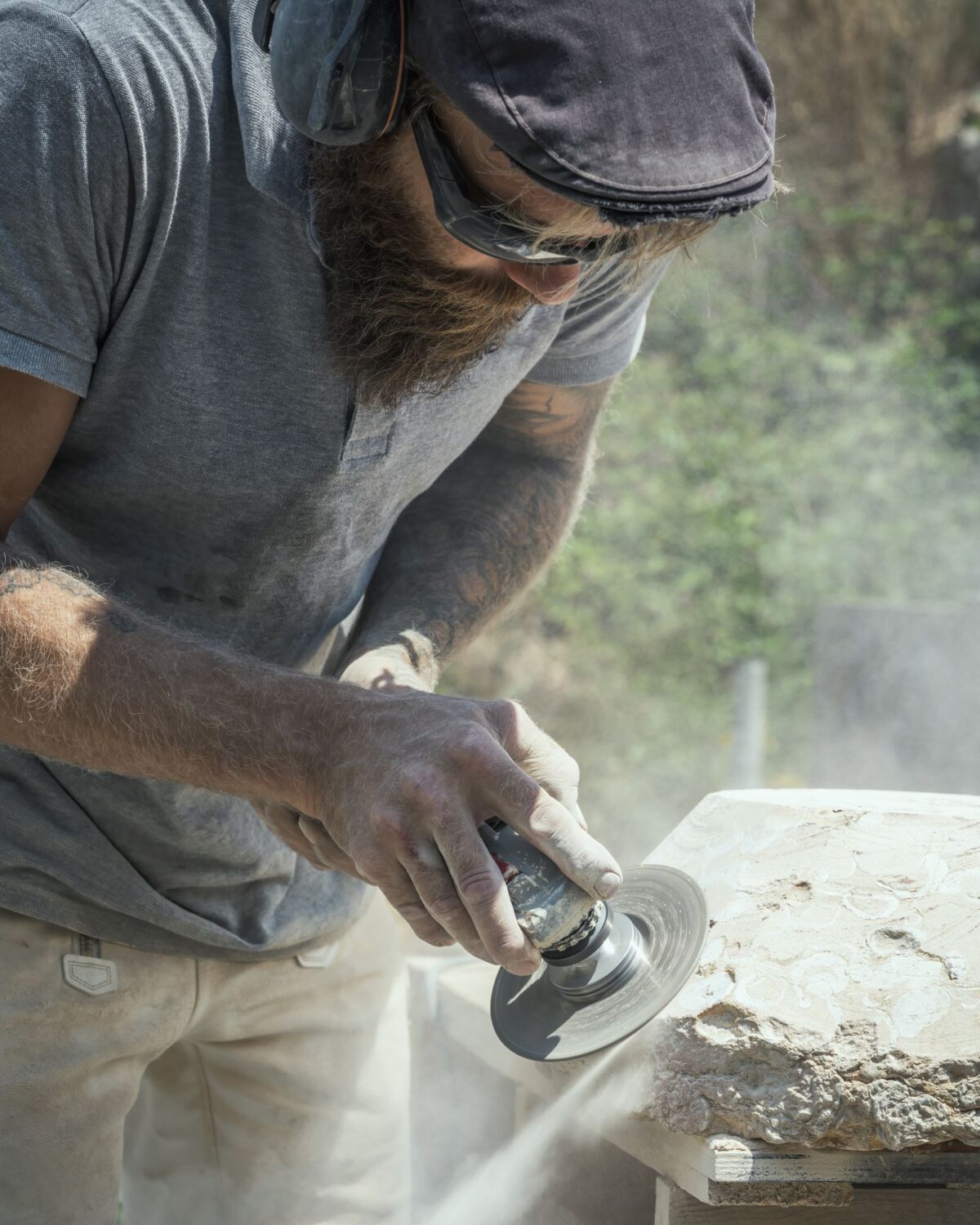
Dangers of inhaling silica dust
05 July 2024In the world of construction and industry, there lurks an invisible enemy that poses a serious threat to the health of many professionals: silica dust. These microscopic particles, which are released when materials such as concrete and ceramics are worked on, can penetrate deep into the lungs and cause permanent damage. But how harmful is silica dust exactly, and what can you do to protect yourself against it?
Silica dust, also known as quartz dust, is a collective term for fine particles released during activities that involve working with silicon dioxide (SiO2). This is commonly found in materials such as sand, concrete, bricks, and ceramics. When these materials are cut, drilled, ground, or otherwise processed, microscopic particles are released that form silica dust. These particles are often so small that they are invisible to the naked eye, making them easy to inhale.
How harmful to health is quartz dust?
Silica is the greatest health risk for construction workers after asbestos. Quartz dust is extremely harmful, especially to the lungs. Upon inhalation, the tiny particles can penetrate deep into the lungs and cause permanent damage there. Prolonged exposure to quartz dust can lead to serious diseases such as silicosis, an incurable lung disease characterized by inflammation and scarring in the lungs. Additionally, exposure to quartz dust increases the risk of developing lung cancer, chronic bronchitis, and other respiratory diseases. Therefore, the World Health Organization (WHO) has classified quartz dust as a Group 1 carcinogen.

How can you effectively protect yourself against quartz dust?
Protecting against quartz dust is crucial for anyone handling materials containing silica. There are several measures you can take to minimize exposure and safeguard your health. The use of Personal Protective Equipment (PPE) is essential. This includes:
- Dust masks or respirators: Wearing an appropriate dust mask or respirator with a P3 filter prevents inhalation of quartz dust. These masks are specifically designed to trap small particles. The fresh air systems from Arbin provide this high level of protection along with excellent comfort. Therefore, the Kite air hoods are an essential part of the gear used by many professionals.
In addition to wearing PPE, there are preventive measures that can also be implemented:
- Ventilation: Ensure good ventilation in the workplace to reduce the concentration of quartz dust in the air.
- Wet processing methods: Use wet working methods wherever possible. Moistening materials can help reduce the amount of dust released.
By combining personal protective equipment with preventive measures, we can effectively reduce exposure to quartz dust and protect our health. It’s important to always take the right precautions and remain vigilant about the potential hazards of quartz dust in the work environment.
Want to know more? Get in touch with us!
Curious about the possibilities for your company or organisation? Get in touch and we will be happy to help.